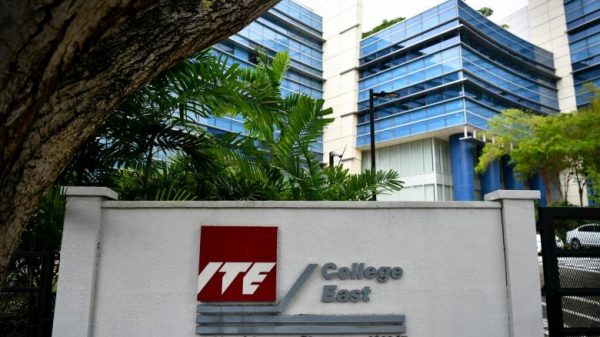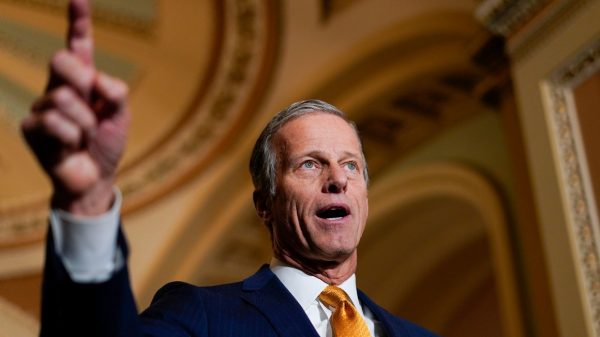Rising regulatory scrutiny is damping investor appetite for sustainable bonds, especially those issued by riskier companies.
Bonds sold to fund environmentally friendly projects and companies generally fetch higher prices and lower yields than conventional bonds. This “greenium,” though, has been shrinking in recent weeks as global regulators forge ahead on new disclosure rules and investors start to look more closely at companies’ claims about sustainability.
The selloff is sharpest for high-yield sustainable bonds, whose price premium over comparable conventional bonds has nearly halved since early September, dropping to 0.17 percentage point from 0.30, according to ICE bond indexes. The yield on a broad index of sustainable junk-rated bonds has risen to 3.82% from 3.33% over the same period. Yields rise when prices fall.
The greenium for investment-grade bonds has shrunk, too, though more slowly, halving since April to 0.03 percentage point.
Sustainable investing—also known by the acronym ESG for its environmental, social and governance factors—has attracted hundreds of billions of dollars, but until recently there has been little consensus about what qualifies as a green asset. Money managers are increasingly worried about being duped by companies exaggerating their sustainability bona fides. They are also having to prove the claims they make to their investors about how they evaluate green investments.
In a bellwether case, the Securities and Exchange Commission is investigating whether
Deutsche Bank AG’s
asset-management arm lived up to claims it made about its ESG investing criteria. A whistleblower and internal emails say that only a fraction of its assets went through a sustainability assessment, contrary to the firm’s public statements. DWS has said it stands by its disclosures.
This new scrutiny is prompting some investors to be more careful when assessing sustainable bonds, particularly those sold by lower-rated issuers, which tend to be smaller and disclose less about their businesses, said Tatjana Greil Castro, a credit portfolio manager at Muzinich & Co.
“There is definitely an understanding that you cannot just slap on your tick-box approach,” she said.

A Mercedes-Benz EQC luxury electric automobile, manufactured by Daimler, whose green bond yielded a similar amount to a comparable conventional one on Wednesday.
Photo:
SeongJoon Cho/Bloomberg News

Mark Carney
Finance
Market dynamics may be partly to blame, too. Inflows into sustainable-investment funds haven’t kept pace with a flood of new issuances.
Investors put $95 billion into ESG funds in the second quarter, down from $142 billion in the first, according to the latest available data from
Morningstar.
Meanwhile, issuance of sustainable bonds stayed relatively stable, with $295 billion in the second quarter and $299 billion in the first, according to Bloomberg New Energy Finance.
With less money earmarked for green assets spread across more deals, investors can be choosier about which to buy and can negotiate higher yields.
Sustainable debt sold by higher-rated issuers are still finding strong demand. The yield on the European Union’s first-ever common green bond has fallen from 0.45% when it was issued Oct. 12 to 0.37% as of Wednesday. Investors piled into the U.K.’s debut green bond last month, which priced at a yield of 0.87%.
But corporate borrowers, especially those with lower credit ratings, are finding less appetite for their debt in the secondary market. A green bond issued by
Daimler AG
was yielding 0.51% on Wednesday, compared with 0.52% for the German auto maker’s comparable conventional bond. In February, the green bond was yielding 0.16 percentage point less.
A green junk bond issued by
Ardagh Metal Packaging SA
was yielding 2.20% on Wednesday, up from 1.81% in mid-September.
Write to Anna Hirtenstein at anna.hirtenstein@wsj.com
Copyright ©2021 Dow Jones & Company, Inc. All Rights Reserved. 87990cbe856818d5eddac44c7b1cdeb8













































